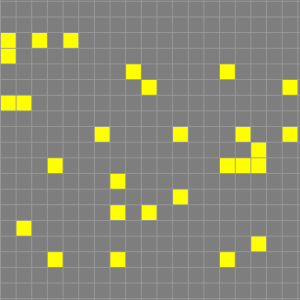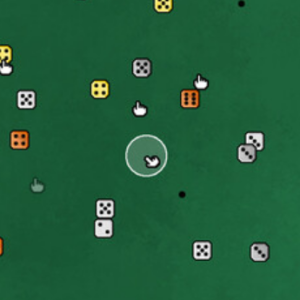Similiar games
John Conway’s Game of Life is a grid-based simulation where each cell changes state based on a specific set of conditions. The field is typically infinite, made up of square cells that are either active or inactive. With each cycle, or “generation,” the state of every cell is recalculated based on how many of its eight neighboring cells are active. This process continues automatically, without human input after the initial configuration is set. Despite the simplicity of the rules, the resulting behavior often becomes unpredictable and visually intricate.
Mechanics and Behavior Over Time
The system relies on four logical rules to update the grid. Cells can remain active, switch to inactive, or become newly active, depending on how many neighbors are active around them. Certain configurations repeatedly appear due to these rules. For example, there are patterns that move diagonally across the screen, others that return to their original shape after several steps, and even combinations that expand or disappear entirely. These behaviors make the system useful for studying how local interactions lead to large-scale structure.
Why It Matters Beyond the Grid
The Game of Life is more than a visual simulation; it serves as a demonstration of how complexity can emerge from very limited instructions. It has been used to model theoretical processes in various scientific areas, including systems that mimic reproduction and decay. Programmers also use it to experiment with algorithm design, since the simulation showcases how order can arise without any central controller. Its influence has extended to digital art, scientific modeling, and discussions about what defines a computational process.




















